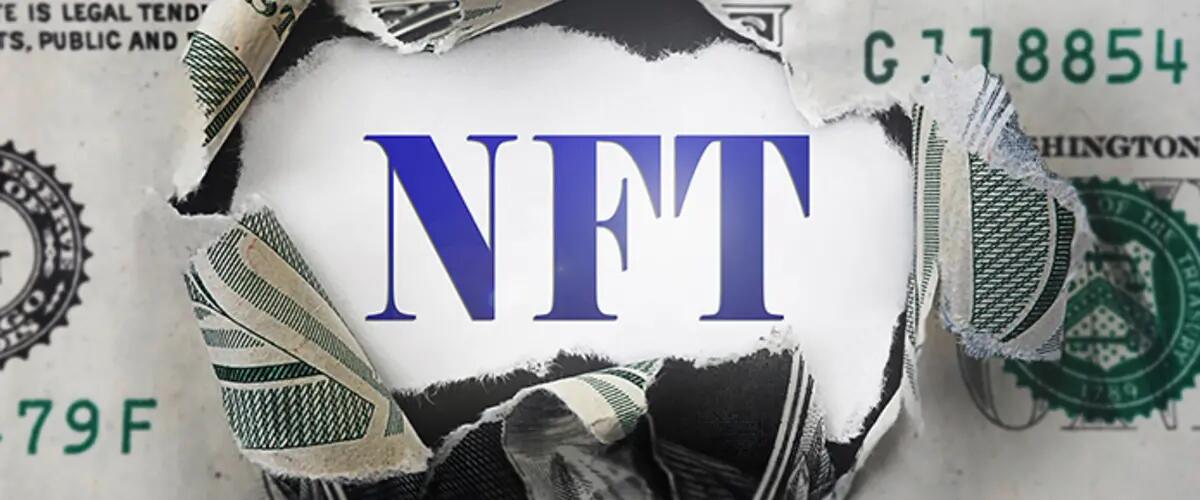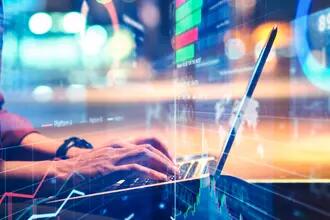
Thought Leadership: Rising marketplace of crypto assets shows no sign of slowing down
This Q&A was originally published in Rutgers Today. It was done by Megan Schumann from Rutgers University's Office of Communications.
The hysteria over NFT, digital collectible items that people can buy, sell or trade, escalated quickly as more people began to invest in nontraditional assets during the pandemic. NFTs also caught the attention of the mainstream media, everyday investors and celebrities like Lindsay Lohan, Snoop Dogg and Mark Cuban. Recent eye-catching sales include an NFT of a LeBron James clip that sold for $100,000, a digital collage by the artist Beeple for $69 million and a 12-second video by Sophia the Robot for $700,000.
But, what exactly is an NFT?
Their usage may soon grow as they make money transactions smoother, safer and more transparent, according to crypto and blockchain expert Merav Ozair, PhD, a FinTech faculty member at Rutgers Business School. The digital assets and tokenization specialist explains the crypto-jargon and how NFT could revolutionize certain industries.
What is an NFT?
NFT stands for non-fungible token. First, we must understand the difference between a fungible and non-fungible asset. A fungible asset is an asset where its units are interchangeable and sometimes even indistinguishable. For example, $1 bills are interchangeable. Each $1 bill is worth the same and it does not matter which $1 bill you use to pay for goods or services. However, they may not be indistinguishable since each bill has its own serial number. On the other hand, one ounce of gold is both interchangeable and indistinguishable.
Unlike fungible assets, each unit of a non-fungible asset is unique and not interchangeable or has the same value. A good example might be a painting done by an artist. Not only is a Rembrandt painting unique and different from a Picasso painting, but each Rembrandt painting is unique and the same applies for each Picasso painting.
In the tokenization world, bitcoin is the equivalent of a $1 bill. It is a fungible token, interchangeable but not indistinguishable. Instead, Beeple’s digital art is the equivalent of a Rembrandt painting. It is one-of-a-kind-token, also known as a non-fungible token (i.e., NFT).
Why are people using them?
You can ask the same question about why people purchase any collectibles, be it baseball cards, paintings, jewelry, wine, etc. It’s the feeling of ownership and pride that incentivizes someone to purchase collectibles – whether physical or tokenized (i.e., NFT). Some may view it as an investment that could increase in value in the future. But in the tokenization world, this sense of ownership and pride goes beyond owning digital art, music or virtual sport artifacts. Anything can be digitized. For instance, Jack Dorsey, CEO of Twitter, sold his first tweet for $2.9 million.
How could they change the art and creative industries?
The recent NFT craze has been mainly driven by digital content such as art, music or media. It is often difficult for content creators to monetize their work because whatever they produce can be easily copied and shared. Some creators were able to monetize their content using the advertising model of YouTube, but this could only apply for certain digital content. The move to digital tokens like NFTs is a way to cash in on people’s appetite for collectibles – even non-tangible ones like Dorsey’s tweet or a meet-and-greet opportunity with a celebrity.
Is there a bubble?
Whether something is a “bubble” or not is determined in hindsight. Suppose you are purchasing an NFT as an investment. In that case, the risks associated with it are the same as with any other investment – whether it is stocks, collectibles or real estate, etc. It may go up or down depending on market sentiment, conditions or preferences. It is everyone’s guess or belief on what the future value would be.
It is worth noting that there might also be a personal or emotional value associated with the NFT, like the “GRONK Career Highlight Refractor Card” digitally signed by Rob Gronkowski. The token’s purchaser will receive the opportunity to meet the NFL star in addition to two tickets to attend an NFL game in 2021 and VIP tickets to Gronkowski next beach party event. The perks associated with this NFT might be valued only on the purchaser's personal-emotional level.
What is the future of NFTs?
The possibilities and applications of NFTs are far-reaching in terms of who can create and sell one and what NFT business use cases and applications will be created. The opportunities are endless for anyone to monetize their digital or virtual content via an NFT, whether it’s a photo of their puppy, video of cooking lessons or a photo with Magic Johnson. People can create additional income streams as long as someone is willing to pay for it. Thus, NFTs can democratize society.
On the business side, a digital certificate of ownership (i.e., NFT) can prove ownership of anything and is not limited to virtual/digital content such as photos, videos or tweets. The applications are boundless. An NFT can prove ownership of a car, a driver’s license or a college degree, and it can revolutionize the real estate industry by replacing land deeds with NFTs.
Press: For all media inquiries see our Media Kit


